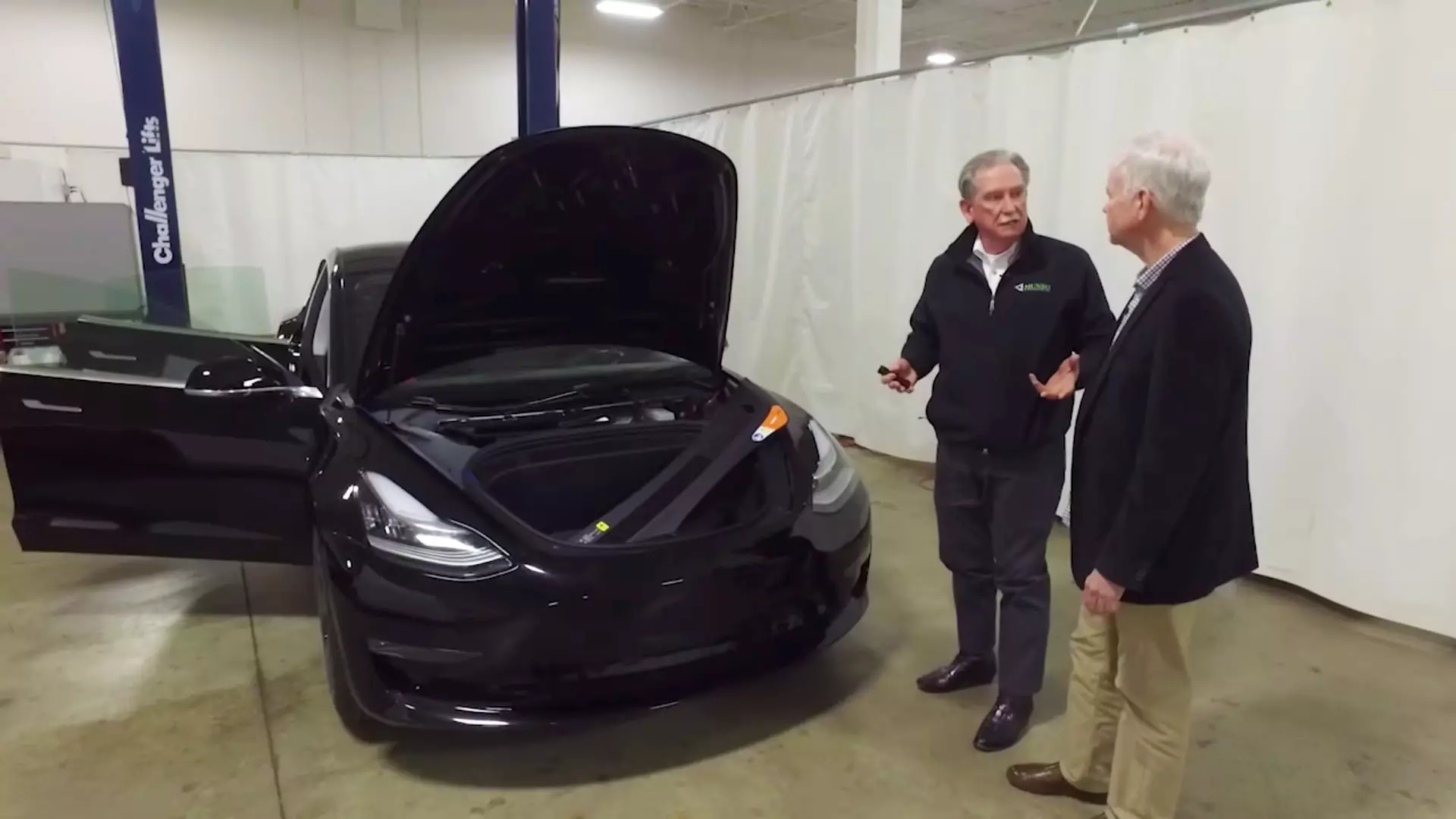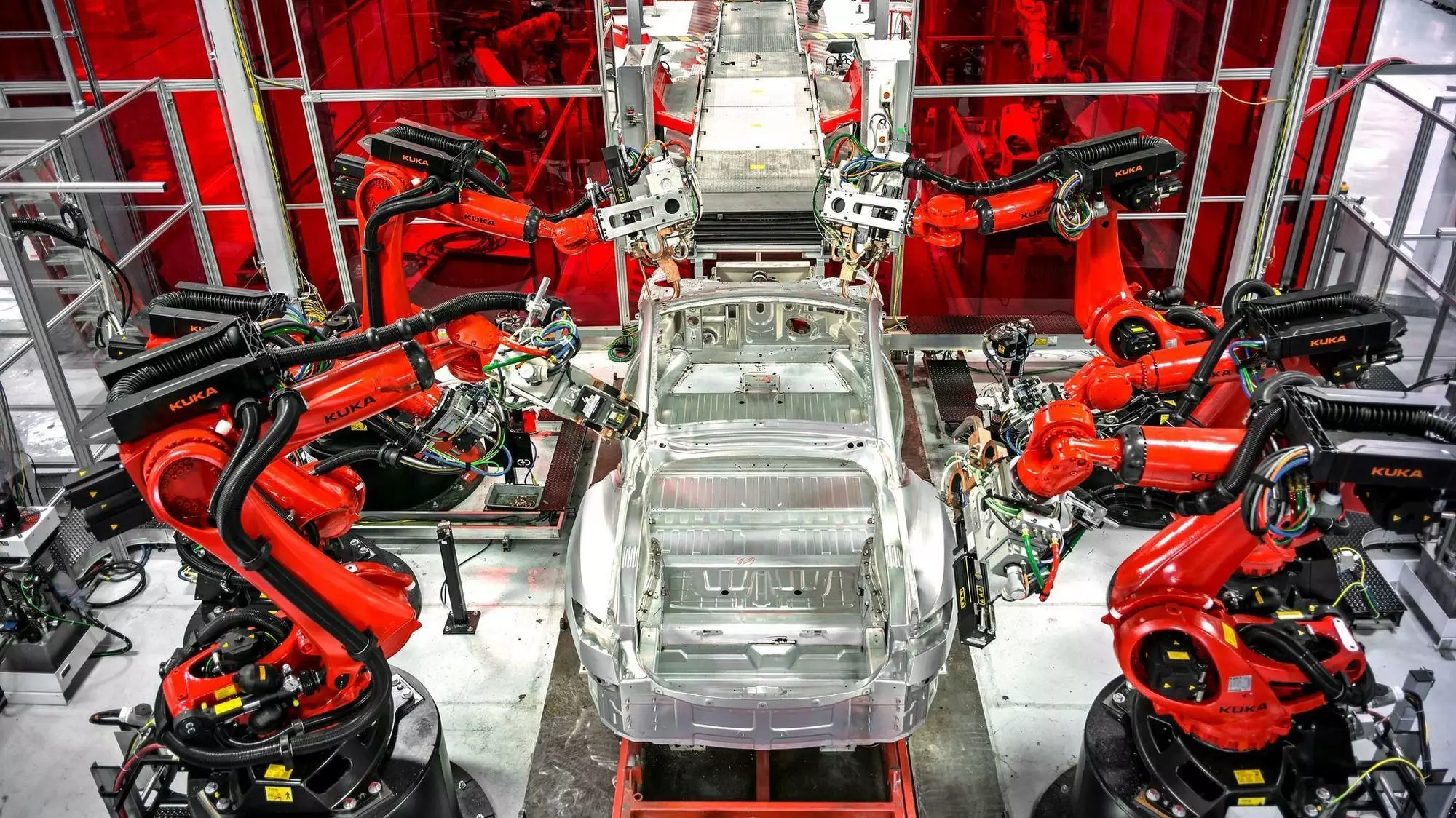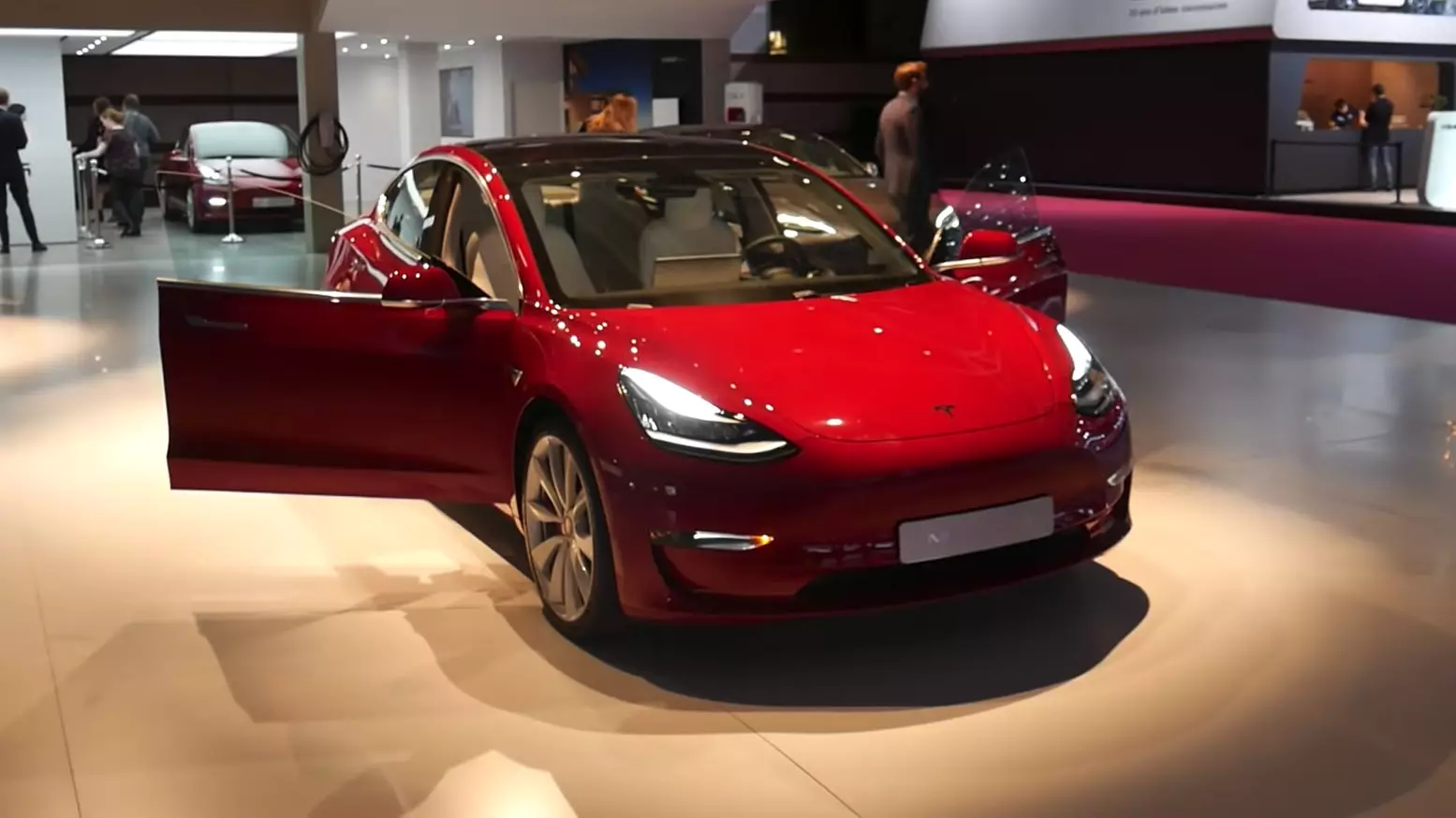We've already mentioned the profit potential of Tesla Model 3 . It was one of the conclusions of the exhaustive analysis of the model — dismantled to the “last screw” — carried out by the engineering consultancy Munro & Associates.
Its CEO, Sandy Munro, was impressed by the model's technology, associated with batteries and electronics, which he considers to be the most advanced in the industry today.
However, Munro made several criticisms that, according to him, prevent the Model 3 from reaching its potential, namely the bad design (not a criticism of the aesthetics, but of the design); and production, which despite growing numbers, requires many more resources than other production lines.

Munro concluded that the concrete unit of the disassembled Tesla Model 3 costs 2000 dollars more (1750 euros) to build than a BMW i3 (another of the models that have already passed through his sieve), this without counting the additional costs coming from the assembly line .
Subscribe to our newsletter here
The root of the problems? Elon Musk's Inexperience
Elon Musk, Tesla's CEO, has the vision, no doubt, but that doesn't make him an expert in making automobiles. The problems reported by Sandy Munro reveal Musk's inexperience in the auto industry:
If this car were made somewhere else, and Elon (Musk) wasn't part of the production process, they (Tesla) would make a lot of money. They are learning all the old mistakes everyone else made years ago.
But Munro is a self-confessed admirer of the technology conceived and employed by the American manufacturer — demonstrating his “Sillicon Valley” roots — so, taking into account the analysis carried out by his company, he elaborated a list of 227 improvement measures to “straighten out” the Model 3 once and for all.
List he sent to Tesla himself... free of charge.

What can be improved
Most of the solutions relate to the Model 3's body design, that is, unibody structure and body panels, which Munro considers to be the main problem, adding unnecessary weight, cost, and complexity.
He highlights some examples — unfortunately we don't have access to all 227 measures — and more effective solutions to solve the same problem found in competition:
- Steel and aluminum frame at the base of the car — designed to increase safety, Munro says it's not necessary, as the battery pack, located on the platform's floor, adds all the necessary rigidity. Result: increased weight and costs without bringing great benefits.
- Aluminum tailgate — consisting of nine pieces joined by welding points and rivets. Munro suggests replacing it with a single piece in fiberglass as seen in other builders.
- Rear wheel arch — also made up of nine metal pieces riveted, welded and glued together. On the Chevrolet Bolt it is just a stamped piece in steel, for example.
Tesla herself has mentioned on previous occasions that they continue to make constant improvements to the production line and the car. We had already mentioned, for example, the suppression of 300 weld points which have proven unnecessary and constant optimizations in the production line have been reported.
Although the Model 3 that Munro dismantled is still one of the first to be produced, not integrating many of the improvements that have taken place in the meantime, he went so far as to say that Tesla should fire the head of engineering who designed the structure/body of the Model 3, reinforcing with “they shouldn't have hired him”, since this is where most of the “headaches” reside on the production line.
Although no names were actually mentioned, Tesla fired Doug Field, head of vehicle engineering last June. It is now known that the Tesla Model 3 was the first car developed by him.

"The excessive automation at Tesla was a mistake"
The other big problem, according to Munro, is the excess of employees on the production line. If initially the bet on automation was defended by Elon Musk, this turned out to be wrong - largely due to the car's design problems, such as the excess of soldering points, mentioned by Munro -, an error admitted by Musk himself a few years ago months.Only now, we've gone from the “8 to the 80”, with the Fremont factory, where all Tesla's are produced — a former unit belonging to Toyota and GM — employing around 10 thousand employees , which this year will produce something like 350,000 Tesla (S, X and 3).
Compare the numbers at the time that Toyota and GM produced cars there. at its peak 4400 employees produced 450,000 vehicles per year.
The justification for such a large number of employees can be explained in part by the “in-house” production of parts that are generally produced externally by suppliers such as banks; justification dismissed by Munro: "Even with three shifts and a lot of work done at home, there is no justification for needing 10,000 people."
Subscribe to our Youtube channel.
Costs and profit potential
The disassembled Tesla Model 3 was priced at $50,000, with the production cost calculated by Munro at $34,700 (30,430 euros) — engineering, research and development costs are not included in this calculation. Even adding logistics costs and a generous calculation for labor, the gross profit margin is expected to exceed 30%, a notable figure in the automotive industry.
He estimates that even in an entry-level version the Model 3 can achieve a 10% margin, with a production cost of less than $30,000 (€26,300) — thanks to a smaller (and cheaper) battery and less installed equipment. Slightly better numbers than just over $30,000 for a Chevrolet Bolt and roughly $33,000 for a BMW i3 (both also previously reviewed by Munro & Associates).
According to Sandy Munro, now it's a question of Tesla making its technological advantage profitable. . For this, not only does the brand have to maintain a certain level of production, it also recommends that Elon Musk hire executives with experience in the task of building and assembling cars. If he succeeds, Munro says that Elon "is not far from making money".
Source: Bloomberg
